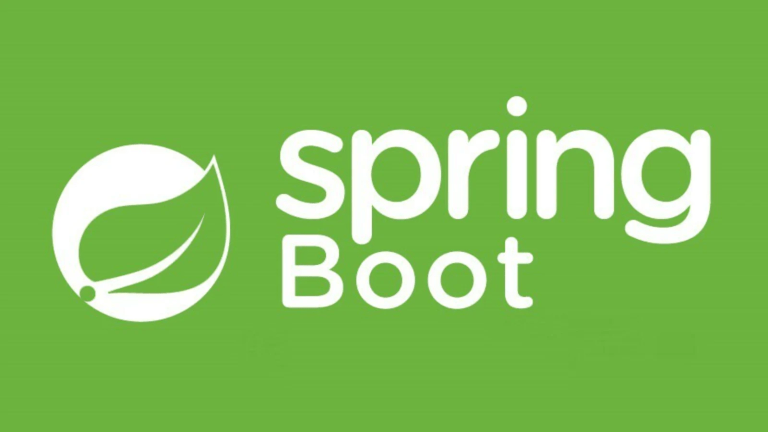Offset-Based vs Page-Based Pagination in Spring Boot – Complete Guide
When building REST APIs, dealing with large datasets is a common challenge. Pagination comes to the rescue, helping manage and display data efficiently. However, developers often encounter confusion between offset-based and page-based pagination in frameworks like Spring Boot. Both approaches are widely used but differ in implementation, performance, and suitability for various use cases.
This guide clarifies the differences, explores their pros and cons, and demonstrates how to implement each in Spring Boot.
Definitions: What is Offset? What is Page?
Offset-Based Pagination
Offset-based pagination retrieves data by skipping a specific number of rows (defined as the offset) and limiting the number of rows returned per request (limit). It operates at the database level and is commonly used in SQL queries like:
SELECT * FROM users ORDER BY id LIMIT 10 OFFSET 20;
LIMIT 10fetches up to 10 rows.OFFSET 20skips the first 20 rows before fetching the data.
Offset-based pagination is ideal for precise result positioning, regardless of where the dataset starts.
Page-Based Pagination
Page-based pagination relies on the concept of pages instead of absolute row positions. Each page corresponds to a set of results defined by the page number and page size. For example:
- Page number 0 with
size=10retrieves rows 0–9. - Page number 1 fetches rows 10–19.
Spring Boot’s PageRequest uses page-based pagination, making it intuitive for developers to fetch results in terms of “pages.”
Pros and Cons of Each
Offset-Based Pagination
Pros:
- Simple to Understand
With SQLLIMITandOFFSET, the logic is clear and familiar to developers working with databases. - Precise Result Control
Offset allows flexible retrieval of any specific range of rows within a dataset. - Independent of Frameworks
Since offset works directly with SQL queries, it works uniformly across various programming languages and frameworks.
Cons:
- Performance Challenges on Large Datasets
Skipping a large number of rows can lead to database performance degradation. For example,OFFSET 100000requires scanning 100,000 rows to retrieve the desired set. - Data Consistency Issues
If the dataset changes (e.g., inserts or deletions) between requests, the offset position might shift, leading to missing or duplicate data.
Page-Based Pagination
Pros:
- Developer-Friendly
The concept of pages aligns with how users interact with data, making it simpler to explain in an API context. - Integrated with Frameworks
Spring Data JPA and other frameworks natively support page-based pagination, reducing boilerplate code. - Reduced Consistency Issues
Since pages are calculated based on page numbers, the results are less likely to shift than with offsets in static datasets.
Cons:
- Cannot Skip Arbitrary Rows
Compared to offset, page-based pagination is less flexible in retrieving large or specific datasets directly. - Still Prone to Data Changes
Dynamic datasets can cause inconsistencies, though the impact is less pronounced than with offsets.
How Spring Data JPA Handles It
Spring Data JPA provides built-in support for page-based pagination, simplifying the process for developers.
The Pageable Interface
Pageable is the key abstraction used in Spring Data JPA to represent pagination and sorting information. You can create a Pageable object using PageRequest:
Pageable pageable = PageRequest.of(page, pageSize, Sort.by("name").ascending());
Repository Support
When you extend the JpaRepository interface, your repository inherits pagination capabilities. For example:
public interface UserRepository extends JpaRepository<User, Long> {
}
You can pass a Pageable object to the repository’s findAll method:
Page<User> users = userRepository.findAll(pageable);
The result is a Page object that includes both data and metadata (e.g., total elements, total pages).
Native Query for Offset
If you require offset-based pagination, Spring Data JPA supports native queries:
@Query(value = "SELECT * FROM users LIMIT ?1 OFFSET ?2", nativeQuery = true)
List<User> findWithOffset(int limit, int offset);
This ensures flexibility when dealing with custom queries.
Example Output
Default Spring JPA pagination returns metadata such as total elements and current page:
{
"content": [
{ "id": 1, "name": "Alice" },
{ "id": 2, "name": "Bob" }
],
"totalElements": 100,
"totalPages": 10,
"size": 10,
"number": 0
}
Example: PageRequest vs Native Offset
Page-Based Pagination Example
Controller code using PageRequest:
@GetMapping("/users")
public Page<User> getUsers(@RequestParam int page, @RequestParam int size) {
Pageable pageable = PageRequest.of(page, size);
return userRepository.findAll(pageable);
}
Sample request:
GET /users?page=1&size=10
Response:
{
"content": [...],
"currentPage": 1,
"totalPages": 10,
"totalItems": 100
}
Offset-Based Pagination Example
Controller code using native queries:
@GetMapping("/users/offset")
public List<User> getUsersWithOffset(@RequestParam int offset, @RequestParam int limit) {
return userRepository.findWithOffset(limit, offset);
}
Sample request:
GET /users/offset?offset=20&limit=10
Response:
[
{ "id": 21, "name": "User21" },
{ "id": 22, "name": "User22" }
]
Performance Impact
Offset-Based Pagination
- Issue: Skipping rows with
OFFSETcan cause performance bottlenecks in large datasets, as the database still scans the skipped rows. - Optimization: Use indexed columns in
ORDER BYclauses and avoid large offsets when possible.
Page-Based Pagination
- Issue: Relies on calculating row positions, which is efficient for small data but can degrade with larger datasets.
- Optimization:
- Index the columns used in
ORDER BY. - Use database-specific optimizations, such as
keyset pagination.
- Index the columns used in
Recommendation
- For static datasets or when accessing sequential data, page-based pagination is the better choice.
- For dynamic datasets with frequent changes, offset-based pagination may require additional strategies like cursor-based pagination for consistency.
Best Practices for Large Datasets
- Limit Page Size
Introduce a maximum page size (e.g.,size=50) to avoid excessive resource consumption. - Use Caching
Cache frequently accessed data to reduce database queries and improve response times. - Optimize Queries
Ensure queries are efficient with proper indexing and useEXPLAINto analyze performance. - Cursor-Based Pagination
Consider using cursor-based pagination (using a unique key) for high-performance data handling with dynamic or large datasets. - Educate Clients
Clearly document pagination parameters (page,size,offset,limit) in your API documentation for client understanding.
Final Thoughts
Understanding and choosing between offset-based and page-based pagination is crucial for building efficient APIs. While page-based pagination integrates seamlessly with Spring Data JPA, offset-based pagination provides flexibility for precise use cases. By adopting best practices, you can create scalable APIs optimized for large-scale datasets. Evaluate your requirements and pick the approach that best aligns with your application’s needs.





